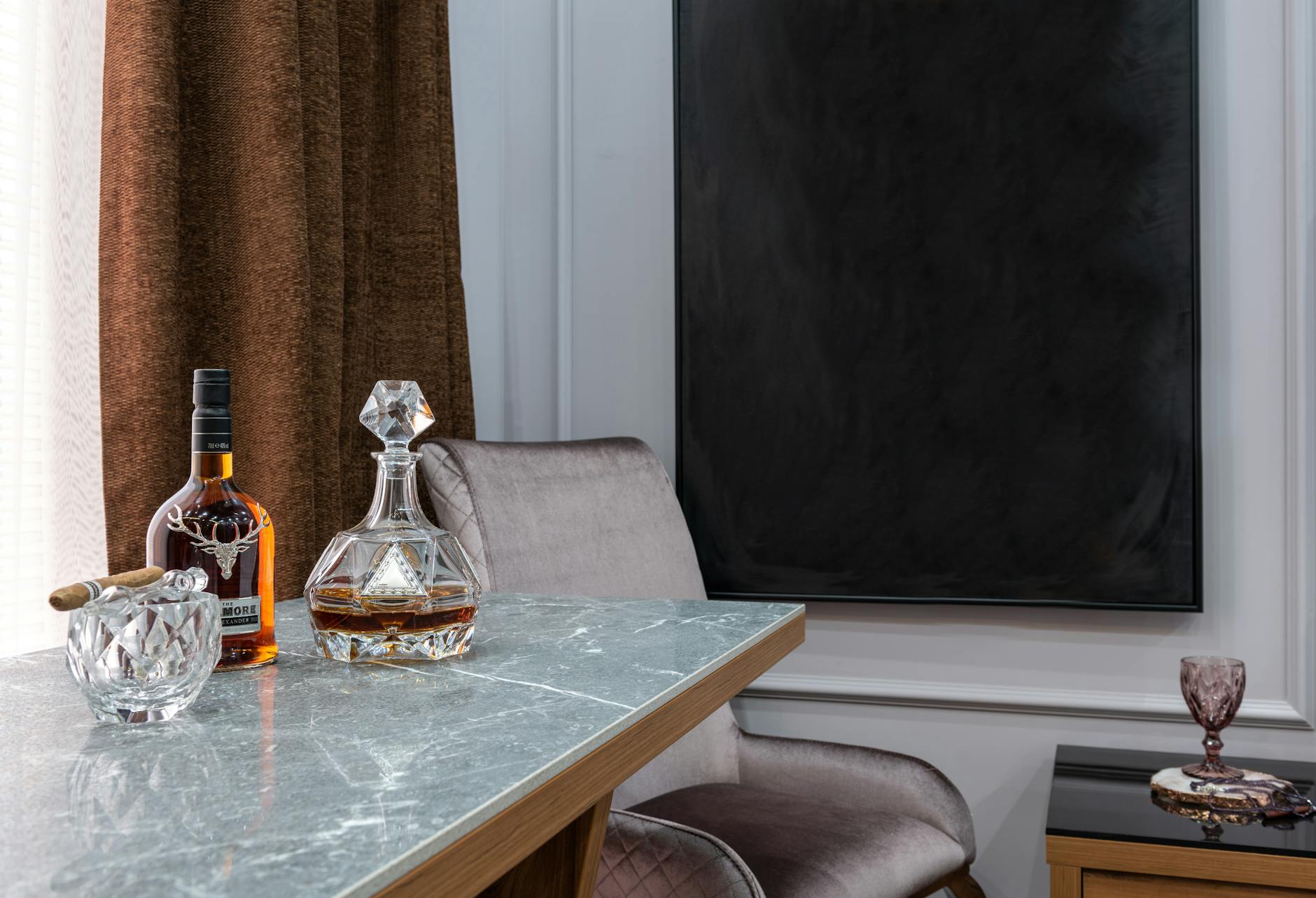New England Home Builders: Build Lit Spaces

Creating a well-lit home environment is more than just a matter of placing light fixtures and bulbs throughout your living space. It involves understanding the interplay of natural light, artificial illumination, and the architectural design of your home. At New England Home Builders, we believe that the right lighting can transform any room, elevating its atmosphere and enhancing its functionality.
In this article, we explore expert tips on design and construction to help you create stylish, well-lit spaces in your home.
Embrace Natural Light
Natural light not only saves on energy costs but also has significant health and aesthetic benefits. Here's how you can maximize it in your home:
-
Windows and Placement: Ensure your home’s design incorporates plenty of windows, strategically placed to capture the most daylight. Consider larger windows or skylights, especially in common areas.
-
Orientation: Understand the path of the sun relative to your home. South-facing rooms will enjoy the most sunlight throughout the day, so place the most frequented rooms on this side if possible.
-
Reflective Surfaces: Use reflective surfaces, like mirrors or high-gloss finishes, to bounce natural light around the room, making it feel brighter and larger.
Layering Artificial Lighting
Layering different types of artificial light sources creates a visually dynamic space. Here are the three main types of lighting to consider:
-
Ambient Lighting: This is the general illumination of a room, provided by ceiling fixtures, chandeliers, or recessed lights.
-
Task Lighting: This refers to focused light where activities occur, such as under-cabinet lighting in the kitchen or a reading lamp by a cozy nook.
-
Accent Lighting: Use accent lighting to highlight artwork, architectural features, or focal points, like track lighting or wall-mounted fixtures.
Incorporating Smart Lighting Solutions
Smart lighting technology offers both convenience and energy efficiency:
-
LEDs: These bulbs use less energy and last longer than traditional bulbs. Plus, they come in various color temperatures to suit different moods and settings.
-
Smart Controls: Installing dimmers, timers, and motion sensors gives you control over the intensity and duration of your lighting, contributing to energy savings.
-
Home Automation Systems: Integrate your lighting with a home automation system that allows you to adjust settings from your smartphone or through voice commands.
Choosing the Right Fixtures and Finishes
The fixtures and finishes you select play a critical role in the overall lighting design:
-
Style Consistency: Ensure that your light fixtures complement the style and era of your home for a cohesive look.
-
Scale and Proportion: Choose fixtures proportional to your space. Oversized pendants can make a statement in a large room, but they should be scaled down in smaller spaces.
-
Finishes: Consider the finish of your fixtures in relation to other elements in the room, such as door hardware, cabinet pulls, and faucets.
Construction Tips for Optimal Lighting
New England Home Builders recommends these construction tips for creating lit spaces:
-
Wiring for Versatility: During construction, wire rooms for multiple lighting possibilities, even if you are not installing all fixtures immediately. This makes future upgrades easier.
-
Ceiling Height: Higher ceilings allow for better distribution of light and give you more options for dramatic lighting fixtures.
-
Insulation and Air Sealing: When installing recessed lighting, ensure proper insulation and air sealing to prevent energy loss and maintain indoor comfort.
Conclusion
Lighting is a critical aspect of home design that can dramatically transform your living space. By following these expert tips from New England Home Builders, you can create stylish, well-lit spaces that not only look beautiful but also promote a comfortable and functional lifestyle. Consider natural light, layer your artificial lighting, incorporate smart solutions, and pay attention to the details of fixtures and finishes. When planning your construction, think ahead about wiring and structural elements to support your lighting design. Transform your home into a lit space that reflects your personal style and meets your day-to-day needs.
Remember, lighting goes beyond mere visibility. It influences mood, accentuates design, and adds to the overall value of your home. It's an investment worth making.